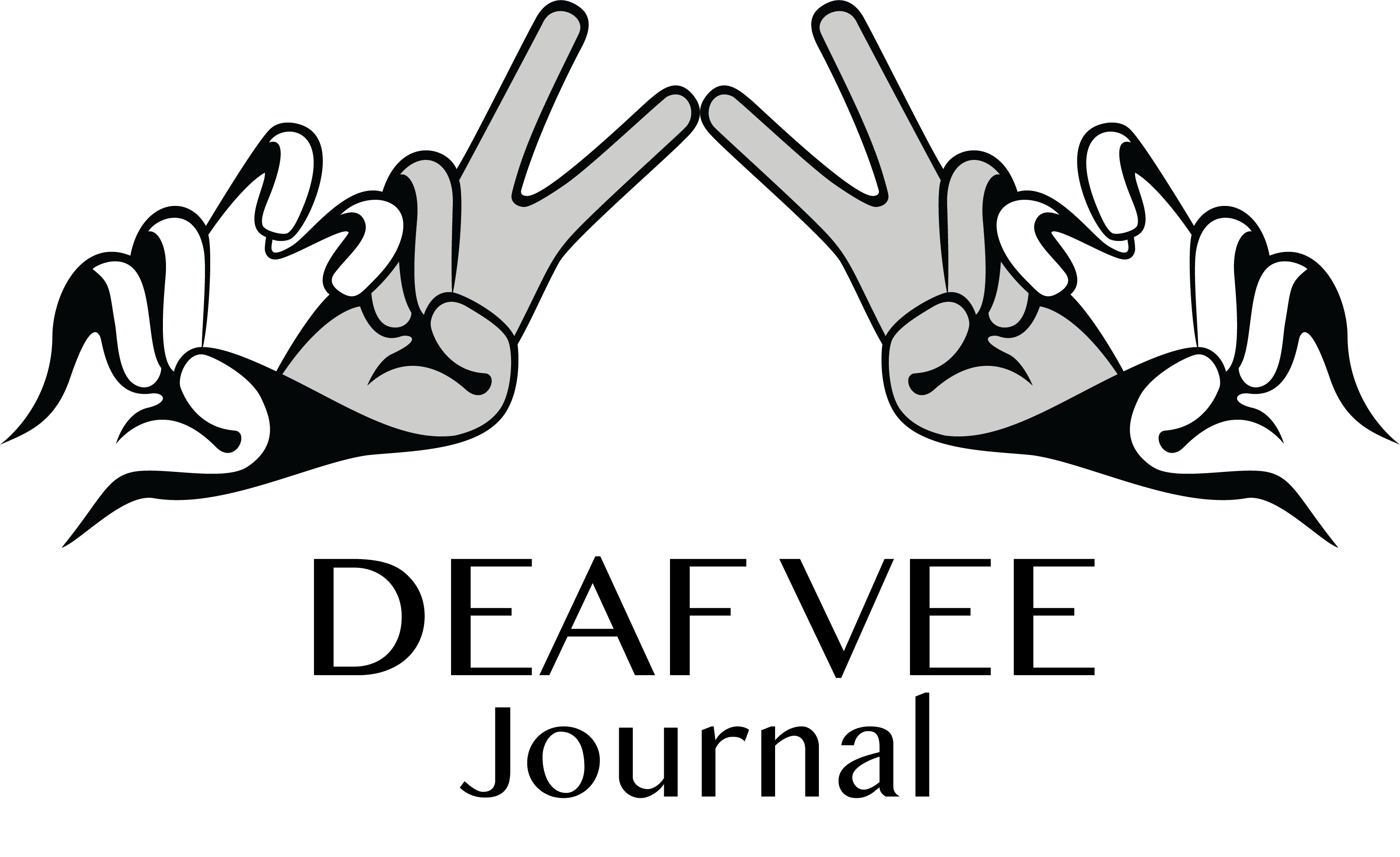For eight years, the Obama Administration used their official website, Facebook, Twitter, and other social media channels to share information directly with the American public and the Trump administration continues to do the same.
The Internet and social media channels have been around for 20+ years and yet only a few days ago, the National Association of the Deaf [NAD] figured out the right contact person at the White House for issues related to ASL access. The saving grace was the National Council on Disability’s open letter with a request for ASL interpreters to be present at all White House press briefings. Howard Rosenbaum, NAD’s Chief Executive Officer, was featured in a video yesterday where he shared information about NAD’s letter and provided an explanation of why NAD did not send out anything prior to the day before.
It is worth mentioning there are discrepancies between what is being said on NAD’s video, the video captions, and the transcript included below the video.
The transcript states the following: “We thank the National Council on Disability for sending a letter to the White House to ask for this access, and the NAD has also sent a letter to the White House. Our letter asked for ASL interpreters at all White House public briefings.”
If you watch the video and turn off the captions, however, Howard phrases it this way (this is our rough translation, and only the first two sentences match the captions): “NAD has since been looking for the right person at the White House to discuss this issue, we tried several persons with no luck. We are grateful to a government agency, National Council on Disability (NCD), because they sent a letter to the White House’s Director of Communications asking to make sure that a qualified ASL interpreter is present in any Coronavirus or health-related press briefings at the White House moving forward. We saw their letter, fine, we decided to follow suit by sending a letter to the same recipient with the same request to make sure a qualified ASL interpreter is present at the press briefings and for the television screen to include the interpreter in full view.”
Back to our point. Why are we writing this op-ed piece? We will get to why in a moment.
The Director of Communications itself is a position that has existed in the White House since 1969, and it has not changed from one administration to the next except for the incumbent’s name, save one instance where the position was moved over to the Office of the Press Secretary in 1974 (“White House Unit Takes on New Life,” The Washington Post, November 26, 1973, p. 9).
If you type in “White House Director of Communications” on the search bar for Google, you will see an article dated June 25, 2019 by Rebecca Ballhaus from Wall Street Journal as the third result with a snippet that states the following: “WASHINGTON—Stephanie Grisham, the first lady’s communications director, will serve as the next White House press secretary and…”

Ballhaus’ article is literally titled: “Stephanie Grisham Named White House Press Secretary, Communications Director.” Pretty hard to miss that one.
All told, it took less than two minutes to find the right contact person…and yet the NAD seemed to have difficulty doing so.
Did the NAD really not have any contact whatsoever with the White House’s Director of Communications under the Obama administration, the Bush administration, or earlier administrations? There surely must have been times where one of the earlier administrations made the misstep of not providing ASL interpreters at press briefings or not including them in full camera view for Deaf* television viewers, no?
This is coming from an entity that prides itself on being the nation’s “premier civil rights organization” to “preserve, protect and promote the civil, human and linguistic rights” for our Deaf* communities. As such, it is more than reasonable to expect the NAD to be well-connected with contact persons on regional, state, and federal levels for their line of work. We expect the NAD to be better than this.





